Up to now, many traditional craft villages have faded away for many reasons, but Thanh Ha pottery (Thanh Ha ward, Hoi An city) has known how to take advantage of combining craft village development with tourism .
The Thanh Ha pottery ancestor's death anniversary is held by local people on the 10th day of the 7th lunar month every year with many interesting activities such as palanquin procession, boat racing, tug of war, pottery polishing competition. The event attracts the attention of many people and tourists - Video : NGUYEN HIEN
Mr. Nguyen Hao, an official of the Thanh Ha Ward People's Committee (Hoi An), has been busy these past days with the Thanh Ha pottery ancestor's death anniversary ceremony. A simple, solemn ceremony that is held annually, hidden among dozens of festivals of Hoi An Cultural Heritage, but for potters and Thanh Ha residents, it is a grand ceremony, and their children working far away still try to return.
On the occasion of this year's anniversary (July 10th of the lunar calendar), Thanh Ha pottery received great joy when it was officially awarded the title of National Intangible Cultural Heritage by the Ministry of Culture, Sports and Tourism, and we were fortunate to be in Thanh Ha on these days.
Vice Chairman of Thanh Ha Ward People's Committee - Mr. Truong Huong - said that throughout its history of formation and existence, Thanh Ha pottery has been closely associated with the prosperity of Hoi An heritage. There were periods when it seemed that the name Thanh Ha pottery no longer existed due to the pressure of the market economy.
According to recorded documents, this pottery village has existed for about 500 years. In the past, Thanh Ha pottery specialized in producing common products in daily life such as roundabouts (coin saving tools similar to piggy banks), clay pots, jars...
However, from the 1980s onwards, the consumer market for household ceramics was suffocated by the influx of aluminum, iron, and plastic utensils.
Unable to compete, in the years before 2000, Thanh Ha pottery village gradually switched to making bricks and yin-yang tiles. Although this profession does not bring high income, it still helps people have a living, clinging to the profession that has been passed down by our ancestors through hundreds of years of decline and prosperity.
In 2001, an unprecedented challenge came to Thanh Ha pottery village.
Two years after Hoi An was listed as a World Cultural Heritage by UNESCO, Quang Nam province and Hoi An city authorities are determined to turn Hoi An into a tourist city with a green development orientation.
The thick smoke from the Thanh Ha pottery village was placed on the government’s desk. Unable to allow a polluting industry to exist right next to the old town, the government requested a change of industry and encouraged Thanh Ha people to find other production methods.
Preserving the rustic, traditional features of Thanh Ha pottery is a way to develop local tourism - Video: NGUYEN HIEN
The "return" of Thanh Ha pottery, in addition to the spread of tourism, also plays a very important role in the efforts and policies of local authorities.
Thanh Ha Ward has about 15,000 people, most of whom work in agriculture and services. Thanh Ha pottery, although not large in scale and area, has an extremely important cultural and heritage significance.
Therefore, along with the policy of expanding tourism to the suburbs, the Party Committee and the Thanh Ha ward government have sought every way to connect businesses, take advantage of training programs, and learn about traditional craft villages to send artisans to learn.
To keep the craft village from "going astray", a separate set of regulations for Thanh Ha pottery village was also drafted, consulted with the community, and has now become a village covenant, a principle of practice and general conduct with the participation of the government.
Data from the Hoi An Center for Culture, Sports, Radio and Television shows that in 2019, Thanh Ha pottery village attracted more than 650,000 visitors.
Few people would have expected that a small-scale craft village, whose products were limited to everyday items and which had only 8 production facilities left, would transform itself and become a famous destination, with total revenue from selling village tour tickets in 2019 reaching 24-25 billion VND.
According to Mr. Nguyen Van Nhat - Chairman of Thanh Ha Ward People's Committee - in the most difficult period, Thanh Ha pottery village had only 8 households still practicing pottery. Almost all kilns had turned off the fire, and potters had left the profession to find other jobs.
The biggest turning point came in 2015 after many difficult times of transformation. Hoi An tourism boomed, attracting visitors from all over the world.
As the number of visitors skyrocketed, Hoi An expanded its tourist attractions, and craft village tourism was put into focus.
Thanh Ha is mentioned the most because all preparations are complete, the polluted brick and tile kilns have been replaced by electric kilns, artisans have been sent to study English, take professional courses on welcoming and serving tourists, and pottery workshops have been relocated to both make pottery and welcome visitors.
Instead of just making pottery and earning a single income, artisan Thanh Ha has learned to play "two roles" as both a performer and a subject to introduce and present to tourists.
Mrs. Pham Thi My Dung - owner of Son Thuy pottery - is a famous female craftsman and has been awarded many times as a skilled craftsman in Thanh Ha pottery village. She recounted: She was born in Cam Nam (a river away from Thanh Ha), at the age of 17 she "crossed the river" to become a daughter-in-law in Thanh Ha, marrying Mr. Nguyen Viet Son. Her husband's family has a long-standing tradition of making pottery.
"More than half my life as Thanh Ha's daughter-in-law, until today, I still cannot imagine that the craft village would "revive fresh" and be sought after by many customers, becoming famous both domestically and internationally as it is today" - Ms. Dung confided.
"Thanks to tourism, we have everything. We change, adapt and accept new things, making products that are both traditional and modern. But it is the tourists who also teach us many things, the most important of which is to change accordingly," said Ms. Dung.
From the brink of disappearance, Thanh Ha pottery has successfully "turned around". Currently, the entire craft village has 32 establishments that have resumed production.
00:01:58
Mr. Nguyen Viet Lam is a young man who still has a passion for his ancestors' pottery craft and constantly accepts new things so that Thanh Ha pottery can "live" in modern life - Video: NGUYEN HIEN
According to the People's Committee of Thanh Ha Ward, thanks to the fire of the craft village to preserve the traditional features of the ancestors, Thanh Ha pottery now has 6 excellent artisans and 2 skilled workers. The warming up of the craft village has also attracted a number of workers to return home, among them are many young people who have completed their education and stayed in their hometown to continue their ancestors' career.
Artisan Nguyen Ngu (85 years old) and his wife and two children still maintain the pottery profession. Mr. Ngu's establishment mainly makes traditional products by hand such as jars, vases, and clay pots...
Although the quantity and designs are not large, he is still happy because at the end of his life, at least he can still see Thanh Ha pottery still burning. What is happier is that now, the potters in this craft village not only have income from their work but also have a "salary" deducted from the money from selling tickets to visit and use the service.
In addition to the elderly artisans, Thanh Ha pottery village is currently witnessing the fresh succession of young people.
Mrs. Pham Thi My Dung said that artisan Nguyen Thi Duoc is her mother-in-law, and a famous potter who has been filmed and interviewed by international media channels. Now, her eldest son and his wife, Mr. Son, have also decided to stay in the village to continue their parents' career.
Nguyen Viet Lam (24 years old) - Mrs. Dung's eldest son - said he followed his parents to make pottery since he was 13 years old. After finishing grade 12, Lam decided to stay in the village to replace his father in keeping the kiln fire going.
Thanks to the quick thinking of a young person, Lam went online to learn about new trends, opened channels to buy and sell products on Zalo, Facebook, and e-commerce sites. Lam's wife also followed her husband to work at the family's traditional ceramic factory.
In Thanh Ha, many families have children who go to university and then follow the call of their ancestors to return to molding and clay making, like the case of Mr. Nguy Trung's family. In addition to many generations of people following the profession, Mr. Trung's family has now passed on the profession to two children. They are Nguy Nguyen Tran Phuong Thao (26 years old) and his son, who just graduated from university in tourism, Nguy Nguyen Khoi Nguyen (23 years old).
Source:




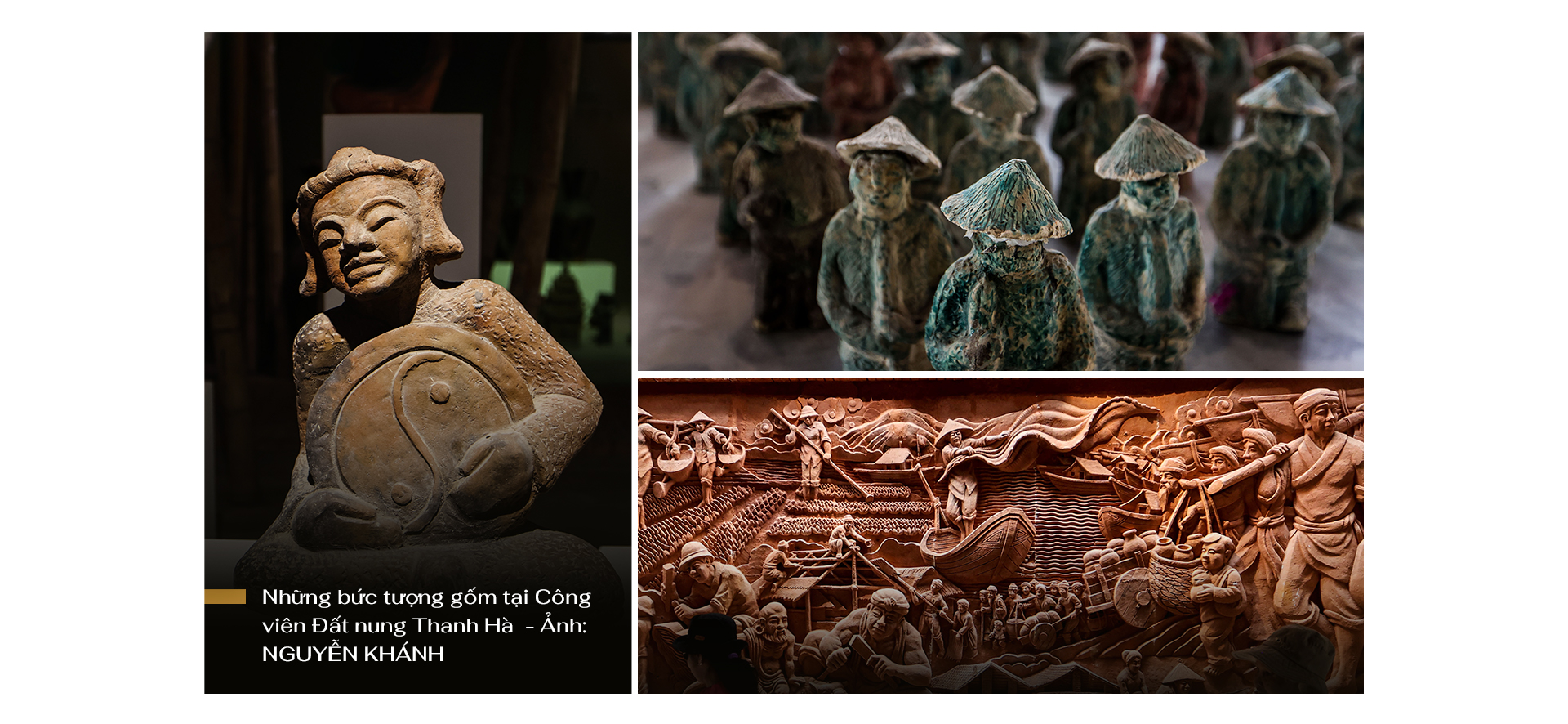
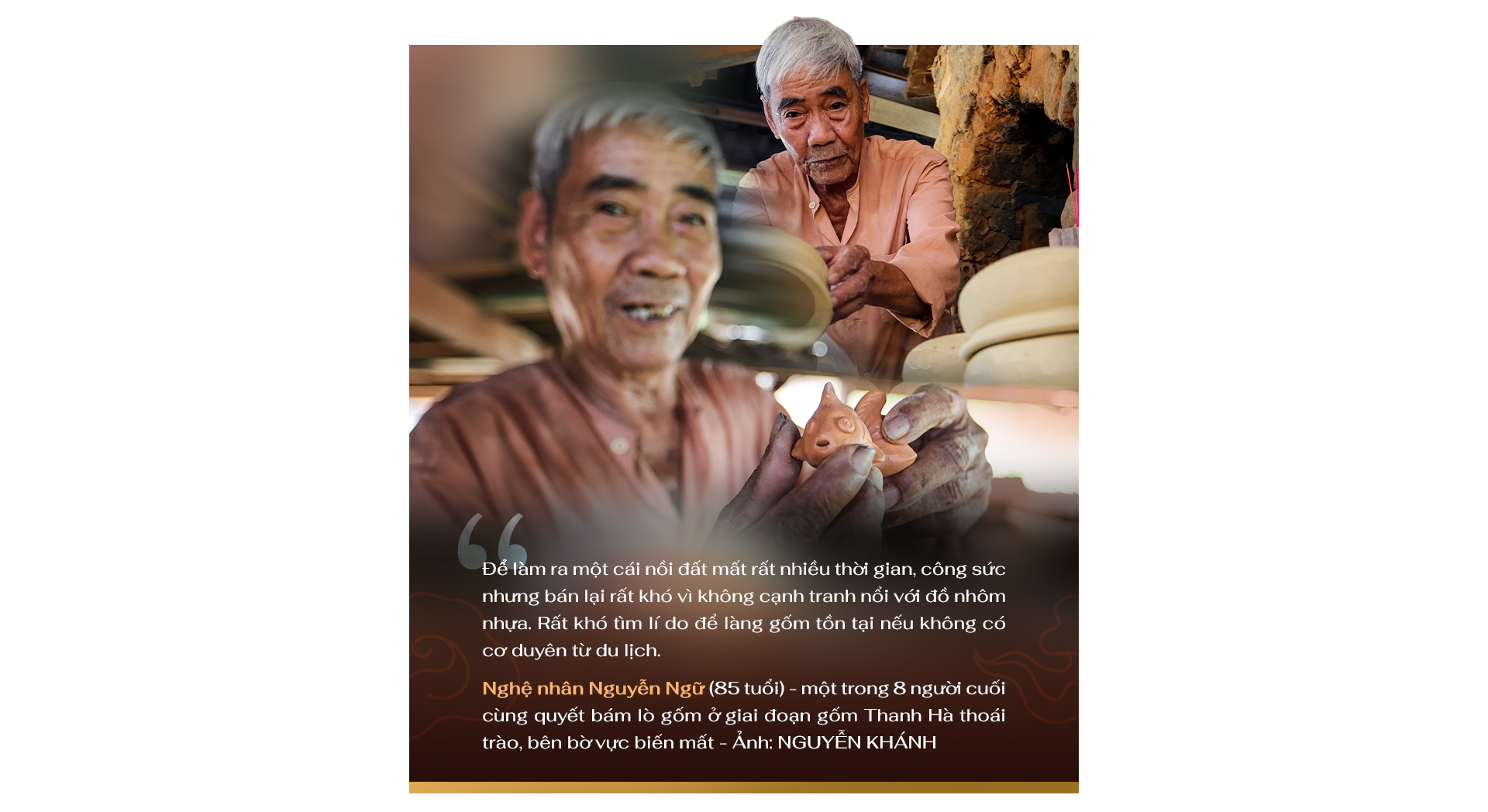

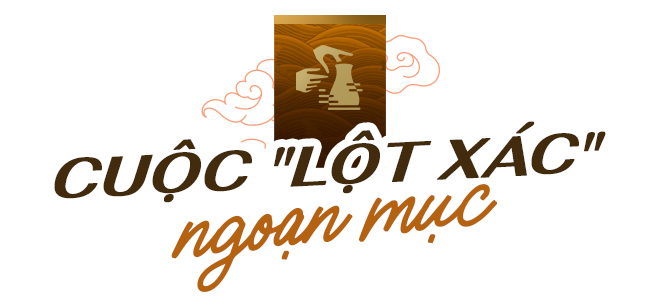


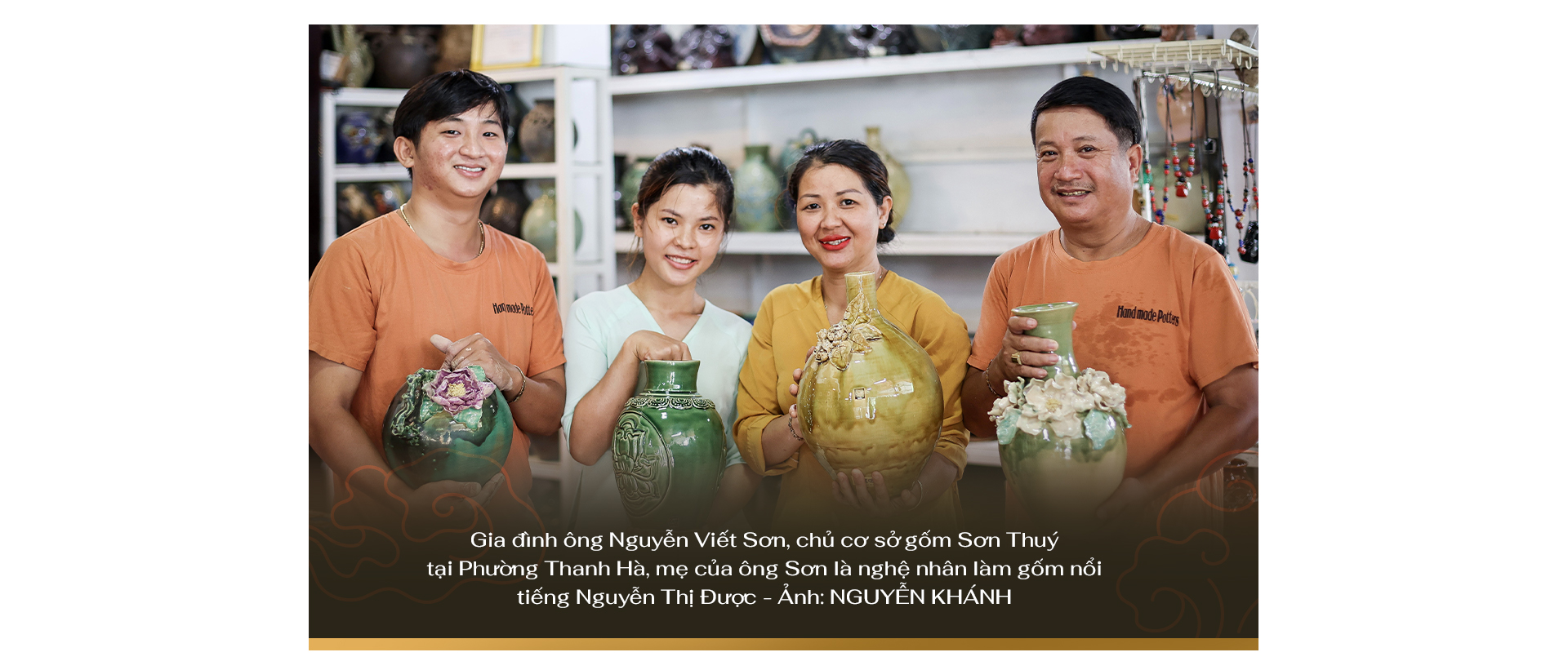
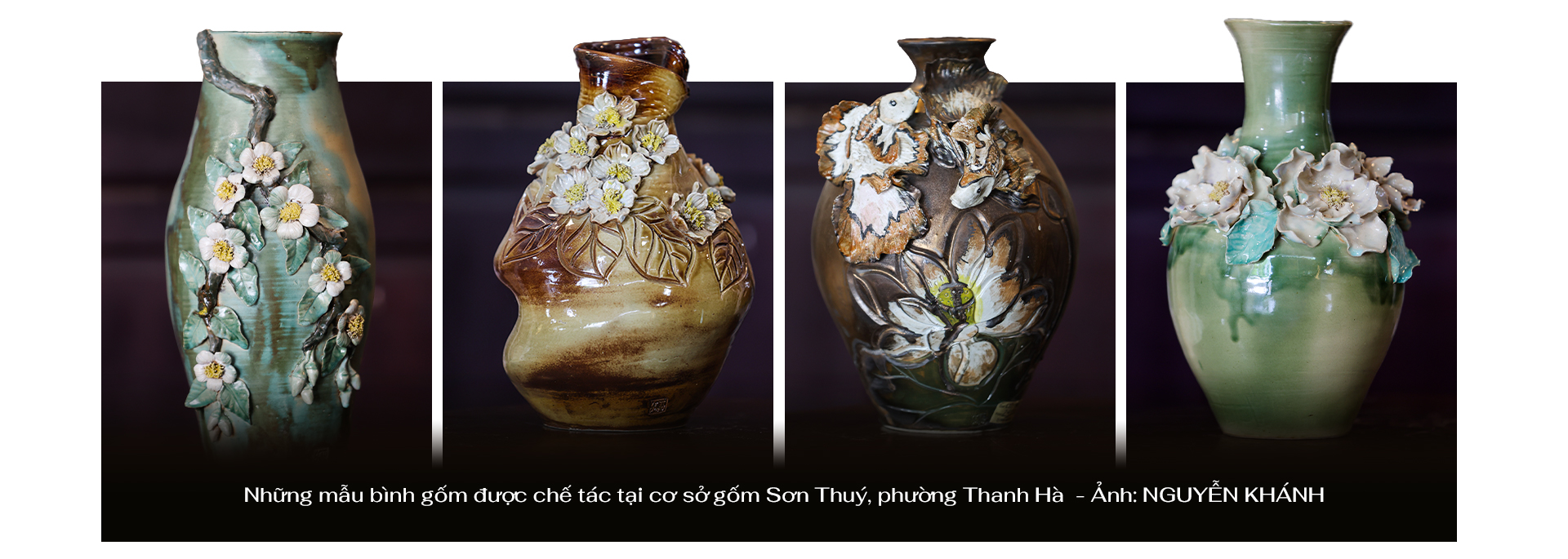
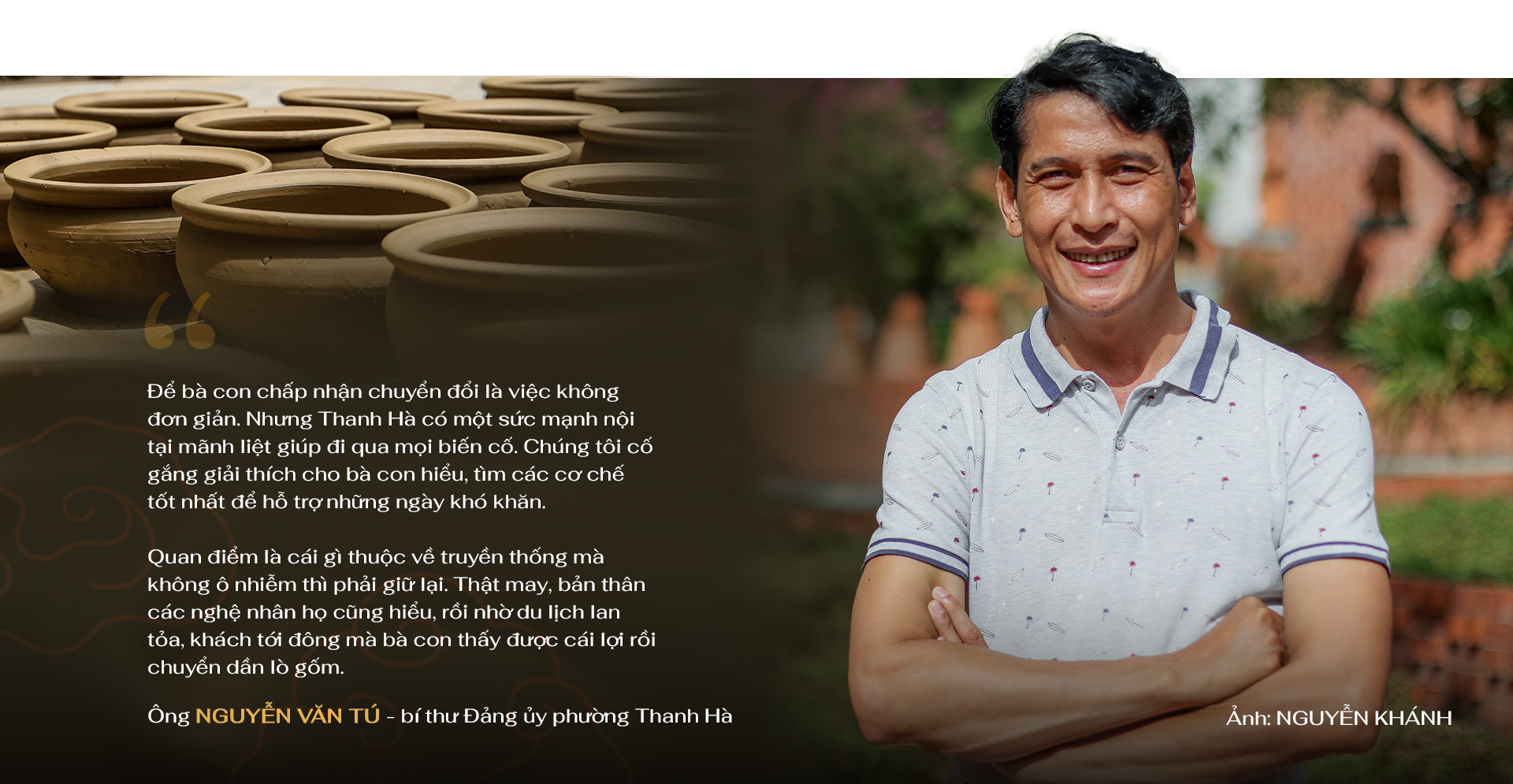
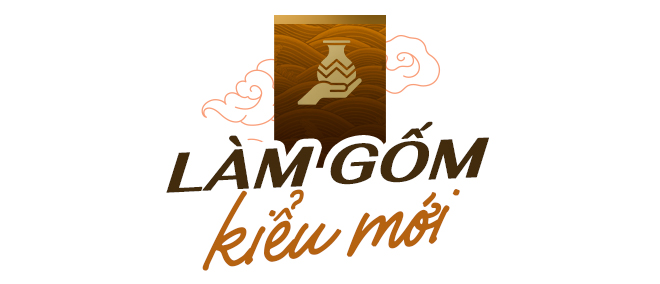
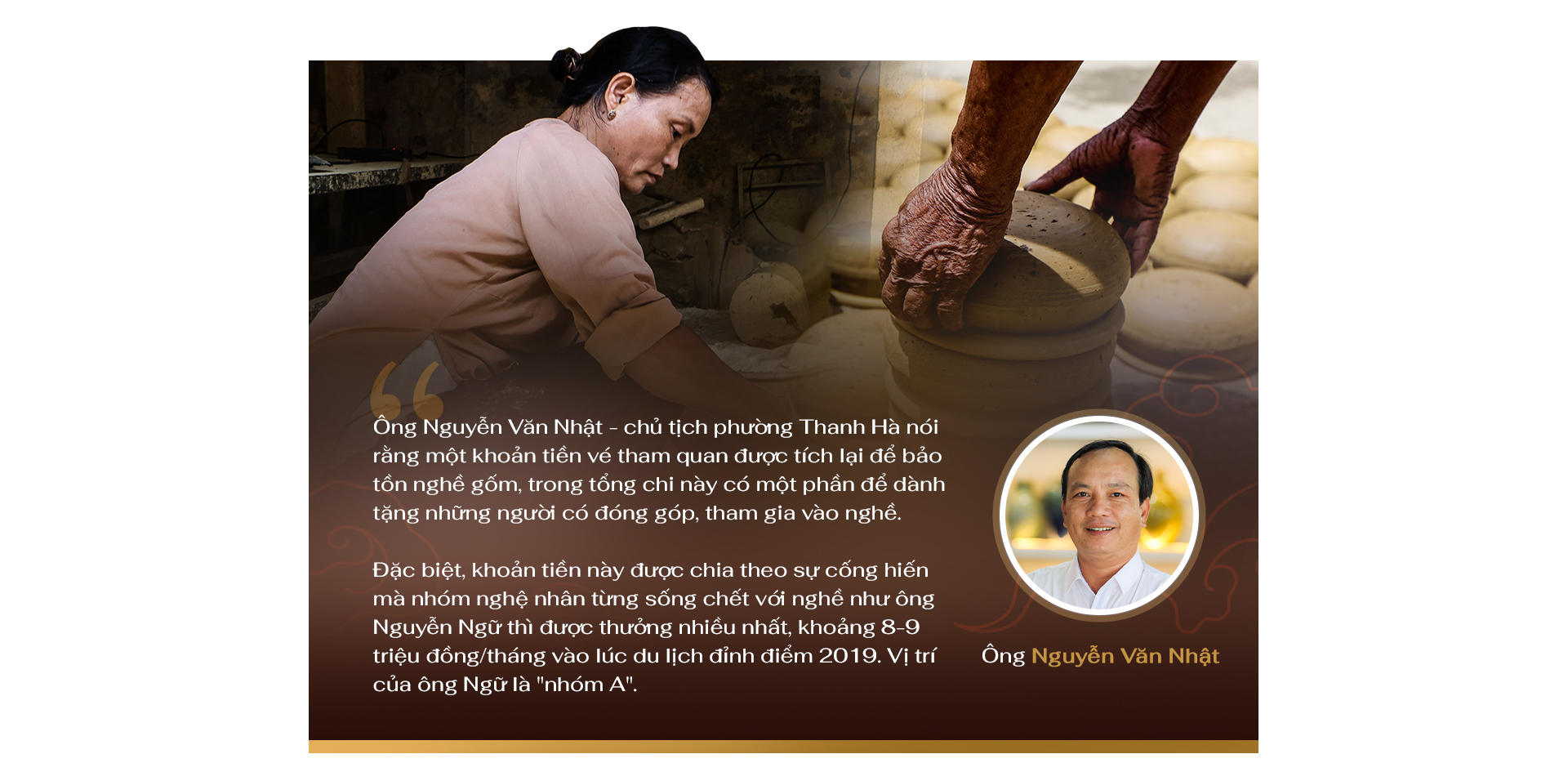
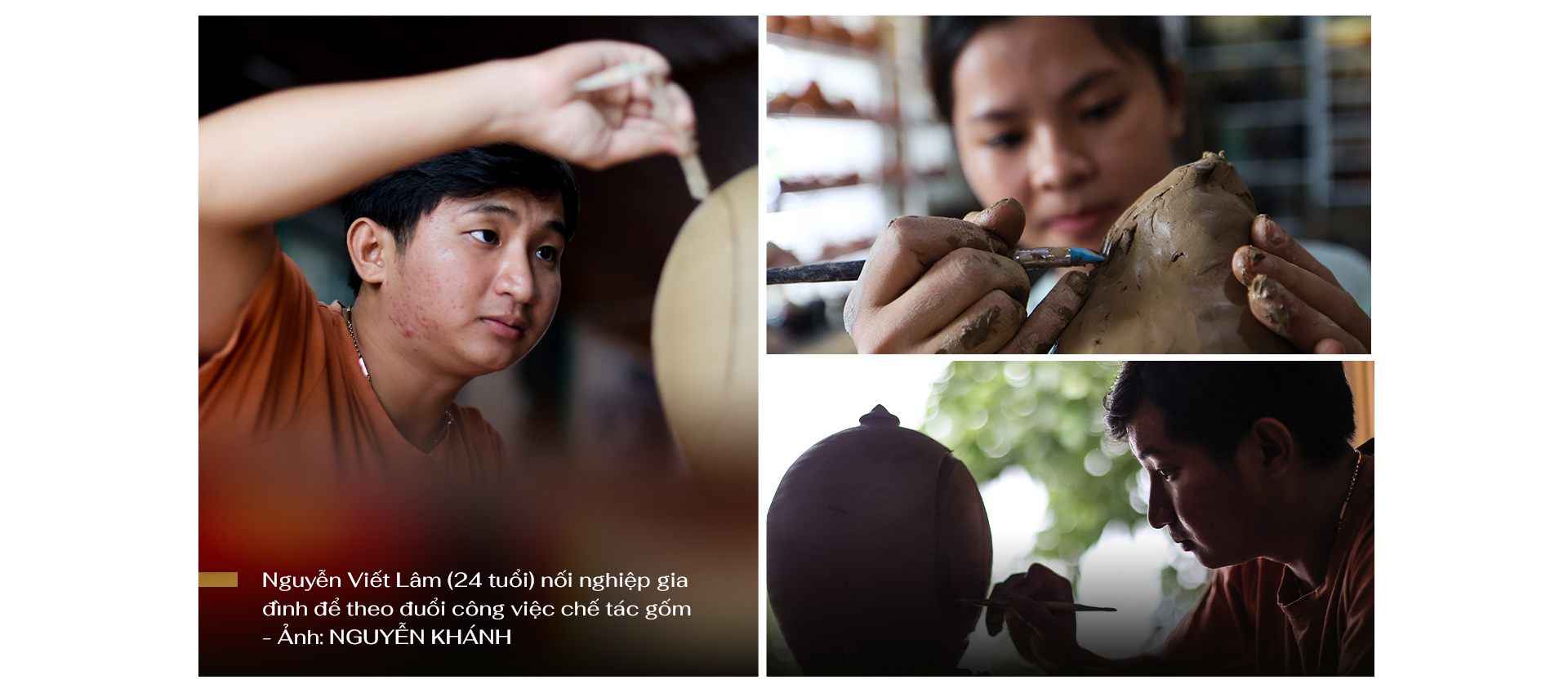
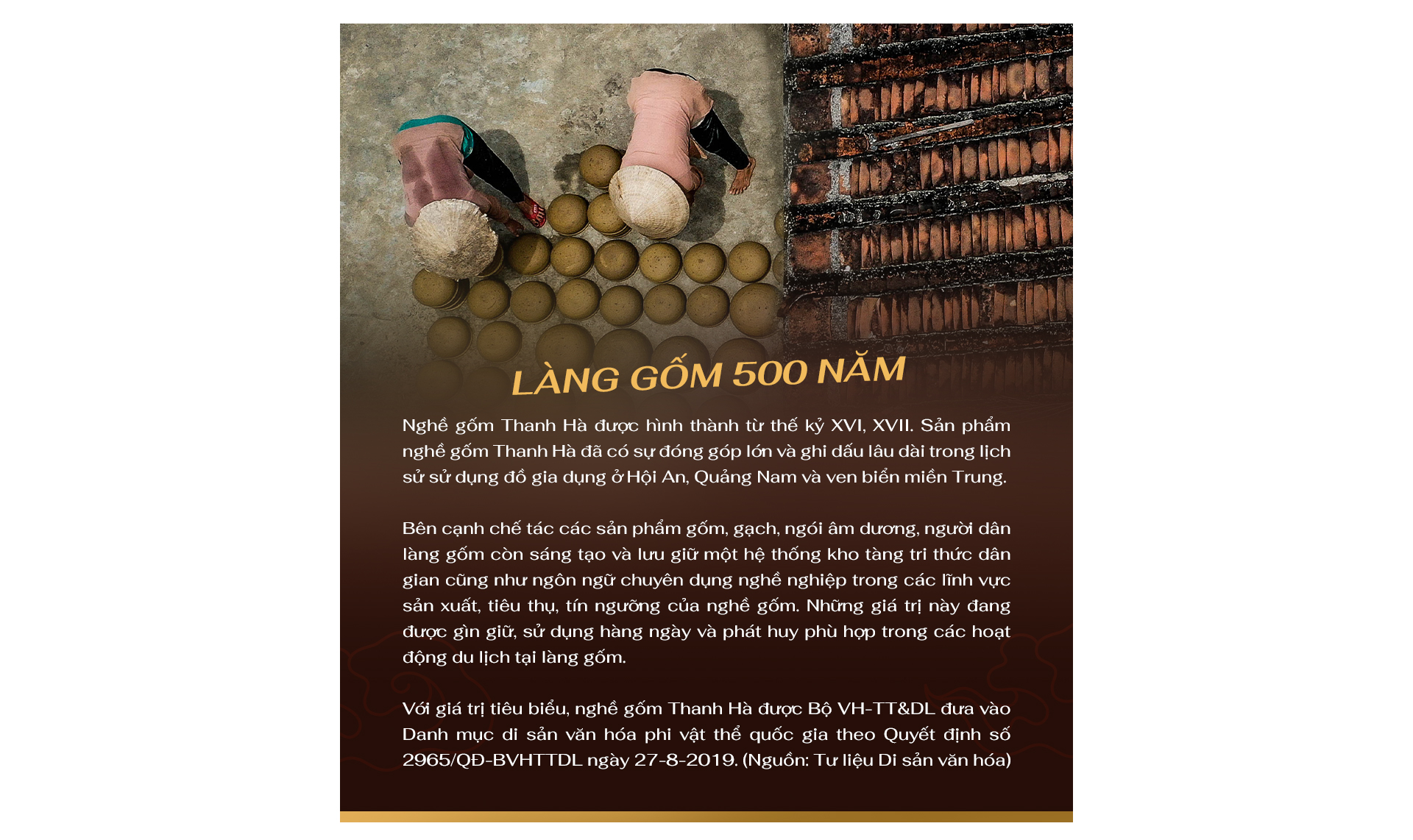
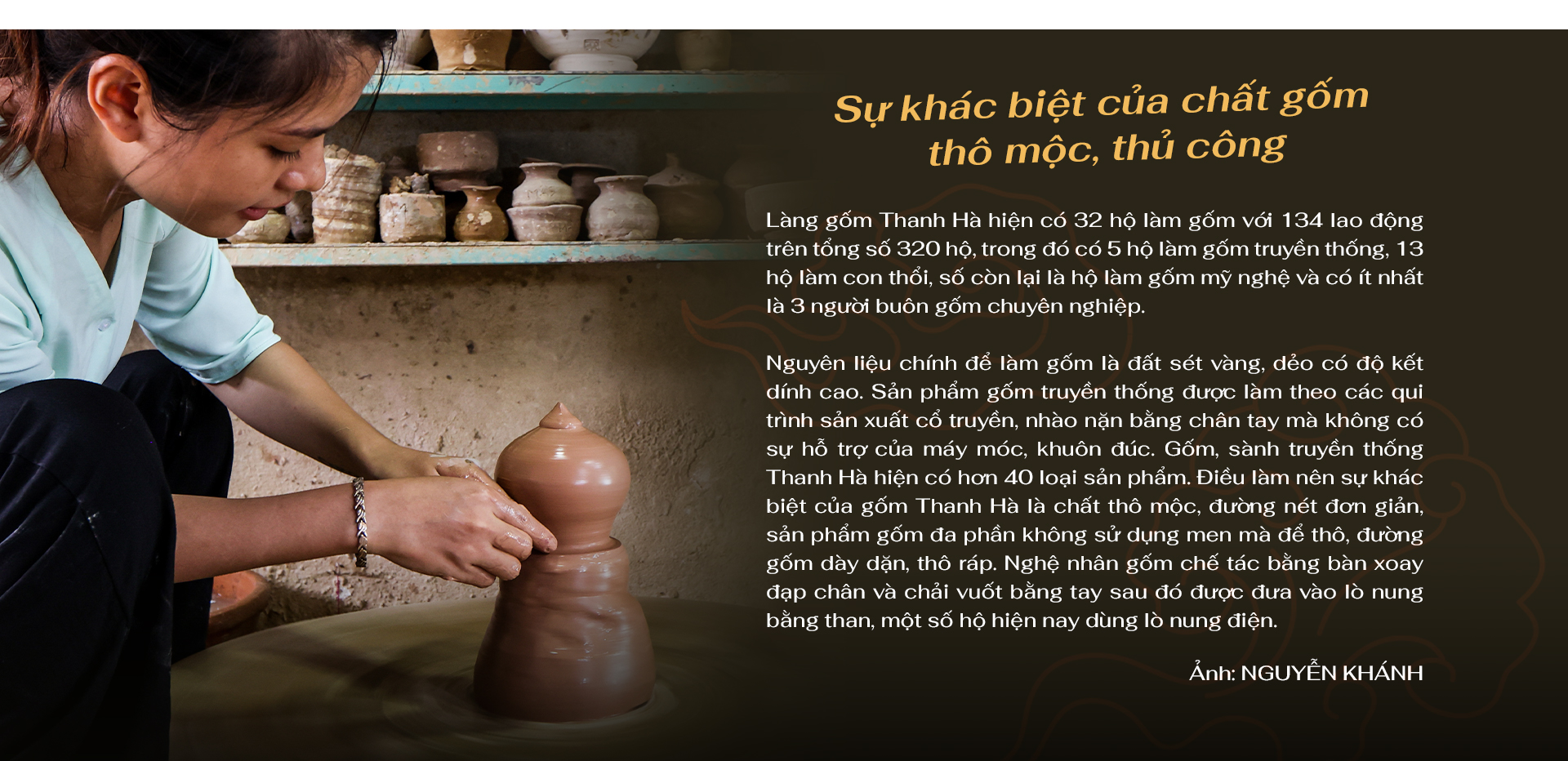



![[Photo] Prime Minister Pham Minh Chinh receives President of Cuba's Latin American News Agency](/_next/image?url=https%3A%2F%2Fvphoto.vietnam.vn%2Fthumb%2F1200x675%2Fvietnam%2Fresource%2FIMAGE%2F2025%2F12%2F01%2F1764569497815_dsc-2890-jpg.webp&w=3840&q=75)


















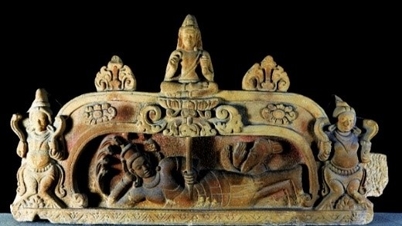
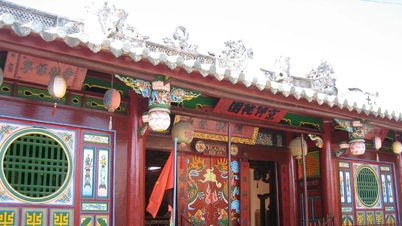
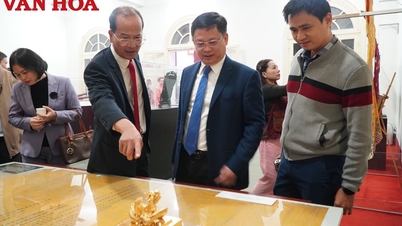
















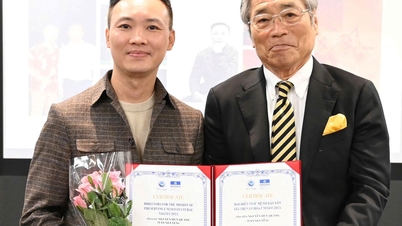

































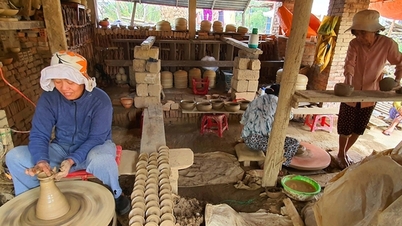


























Comment (0)